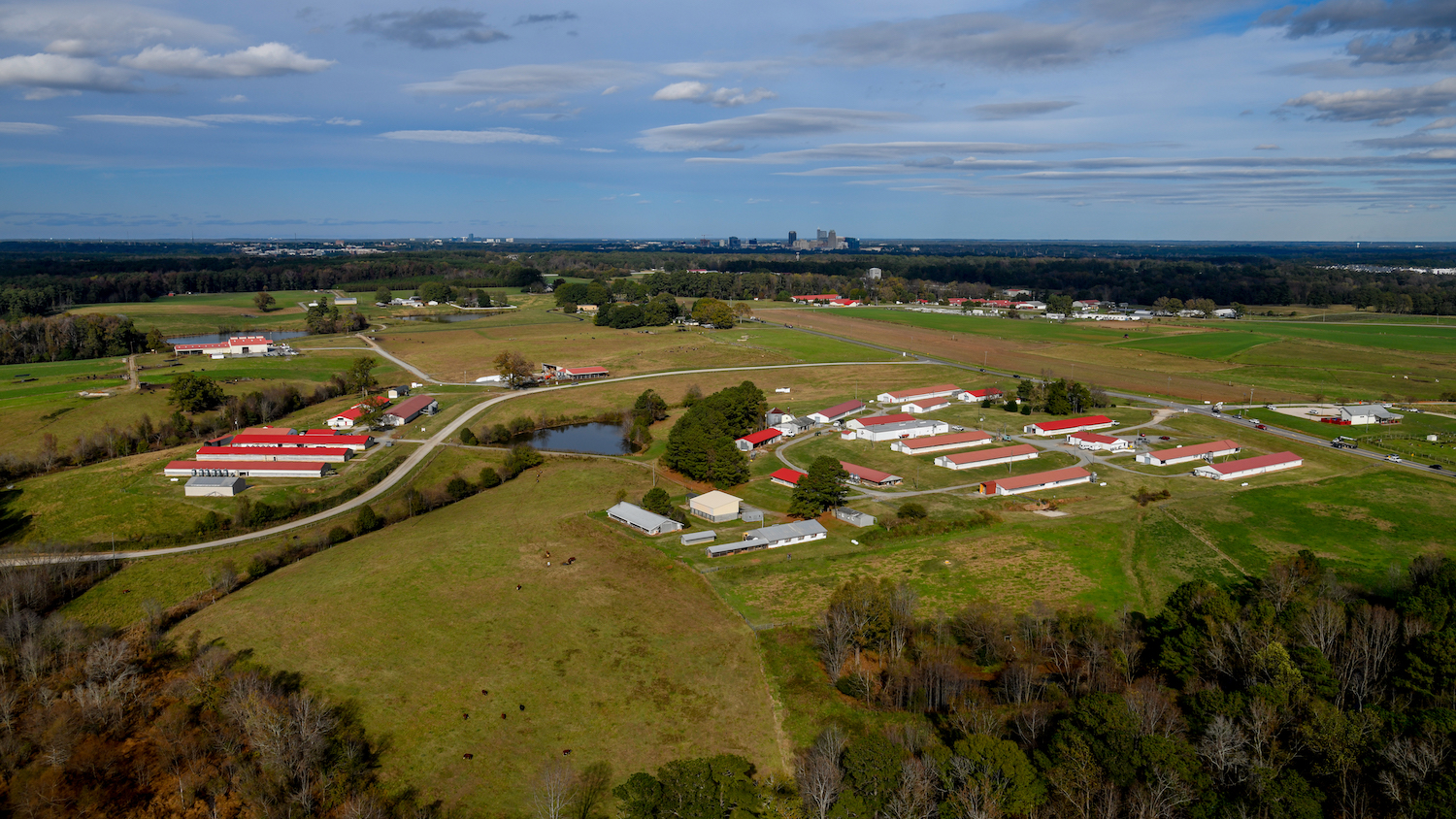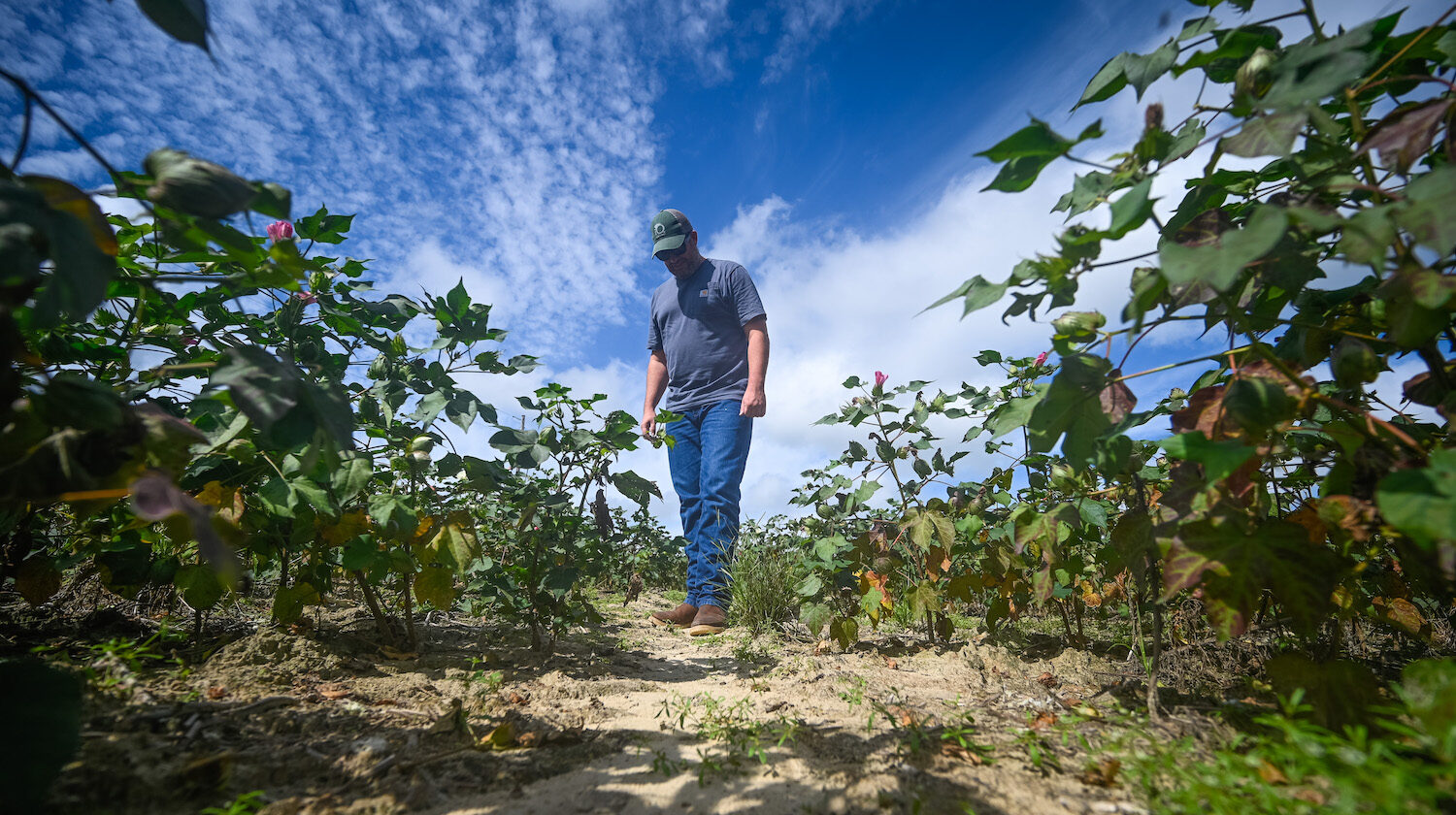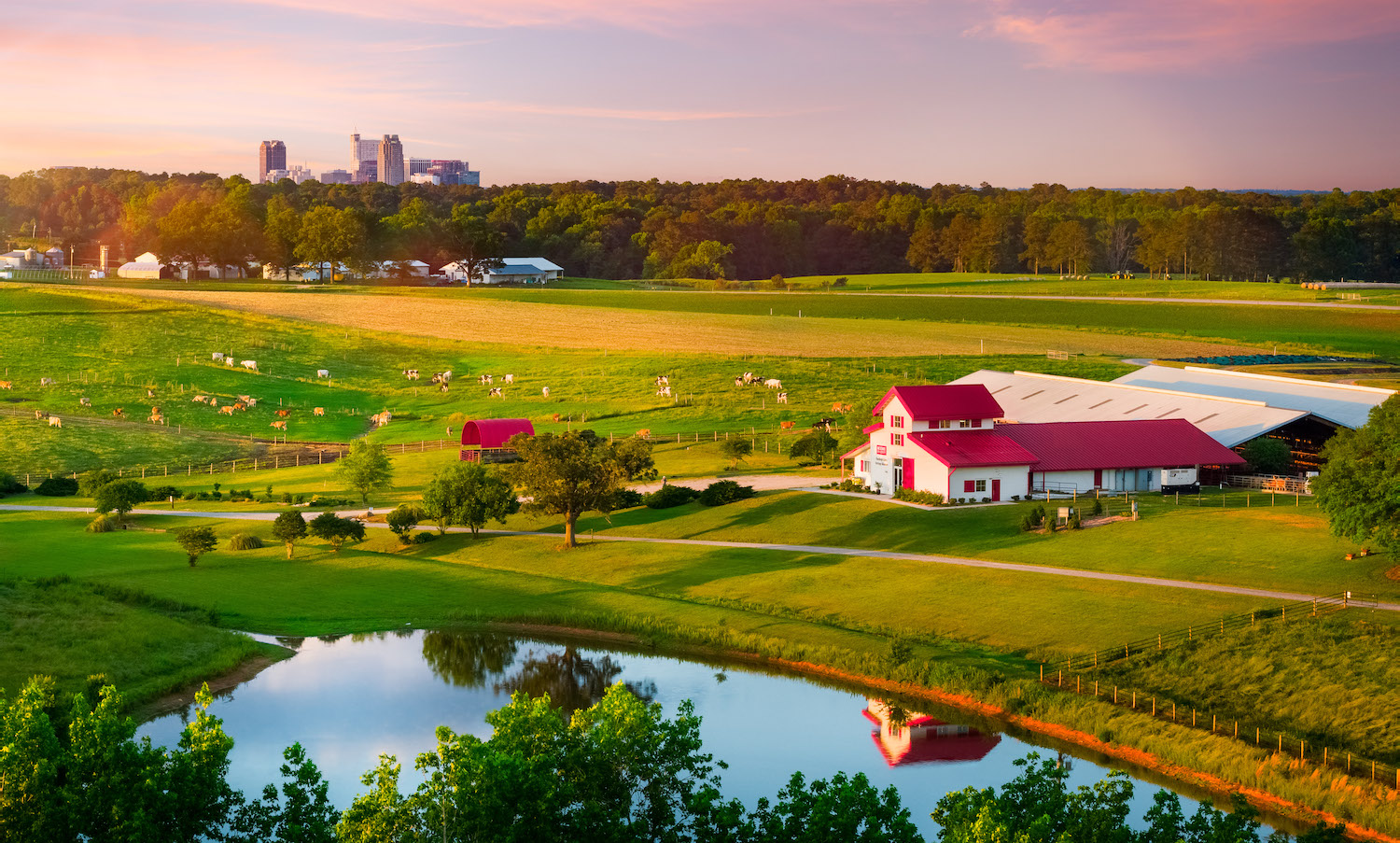Climate Change Brings the Tide to Farmers’ Doorsteps
Climate change is causing sea level rise and increased flooding that threatens North Carolina’s most fertile agricultural land with saltwater intrusion. NC State researchers are testing soils and developing field kits to help farmers adapt to climate change.

Some of the most agriculturally productive lands in North Carolina are found along the coast, but a rising tide threatens the future of the region.
Sea levels in the Albemarle-Pamlico Peninsula are rising at twice the national average. Hyde County, much of which sits a mere 1 to 5 feet above sea level, is projected to see 3 feet of sea level rise over the next 80 years. At the same time, the National Oceanic and Atmospheric Administration estimates that nuisance flooding events will increase fivefold. More saltwater is intruding on farmland and becoming saltier; salinity levels in some areas have doubled since the 1980s.
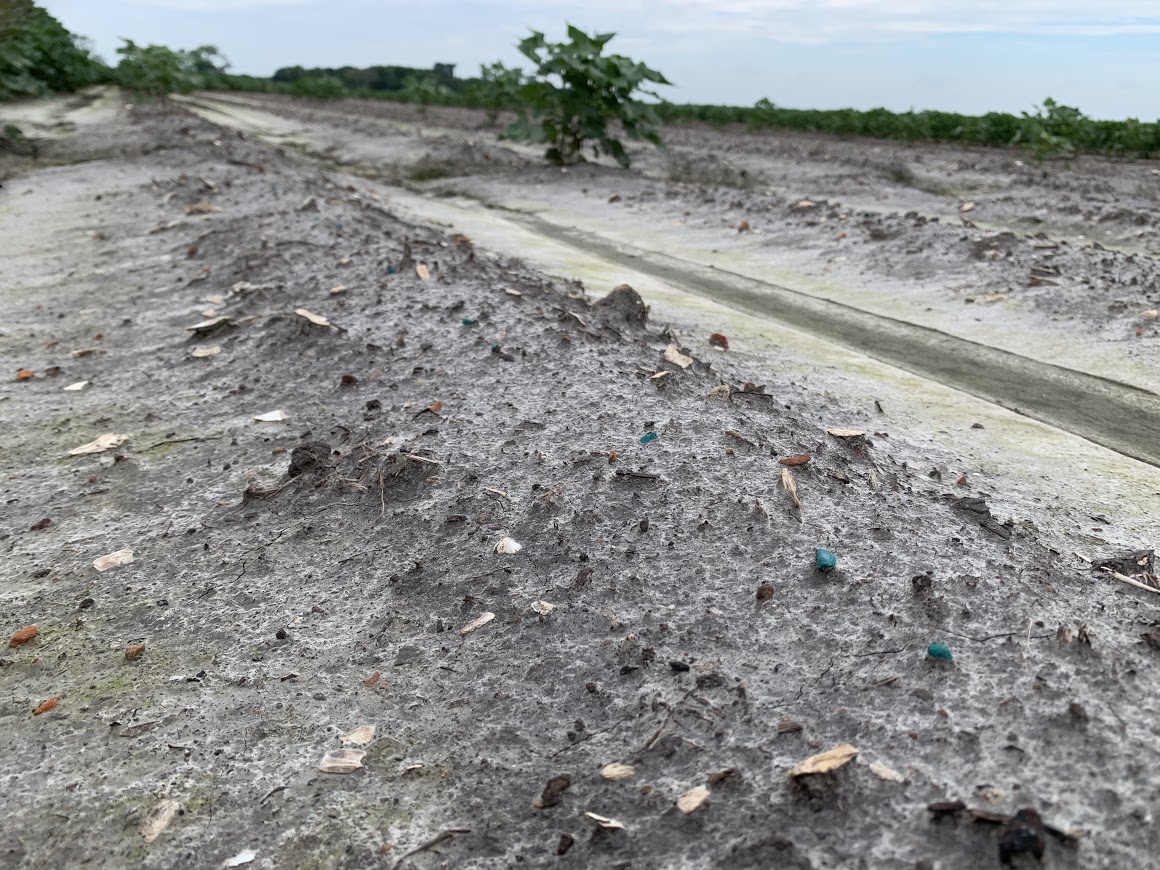
For the past two years, North Carolina State University’s Matt Ricker from the Department of Crop and Soil Sciences has led saltwater intrusion research under the Climate Adaptation through Agriculture and Soil Management program. His team is studying the impact of soil salinization on farms and the carbon sequestration capacity of the land. Their goal is to recommend management options for farmers to adapt to climate change in the coming decades.
Saltwater intrusion damages crops by compromising soil fertility with elevated soluble salt levels that can be toxic to plants. As a result, Ricker says, farmers are experiencing huge economic losses.
“Because of our agricultural diversity, variety in soil types and variations in tidal systems, we can’t really develop one silver bullet to address soil salinization,” Ricker says.
Climate change is forcing farmers to ask tough questions: Should they grow different crops, sell waterlogged land, transform portions into wetlands or move on from farming altogether?
But Ricker and his colleagues had to start somewhere. The team has taken 165 soil samples and conducted drone surveys to correlate salt levels with crop damage. These data sets have allowed them to develop rapid soil testing field kits that estimate sodium levels within 40 minutes. Once farmers have targeted soil salinization data, they can apply soil amendments to prevent further damage.
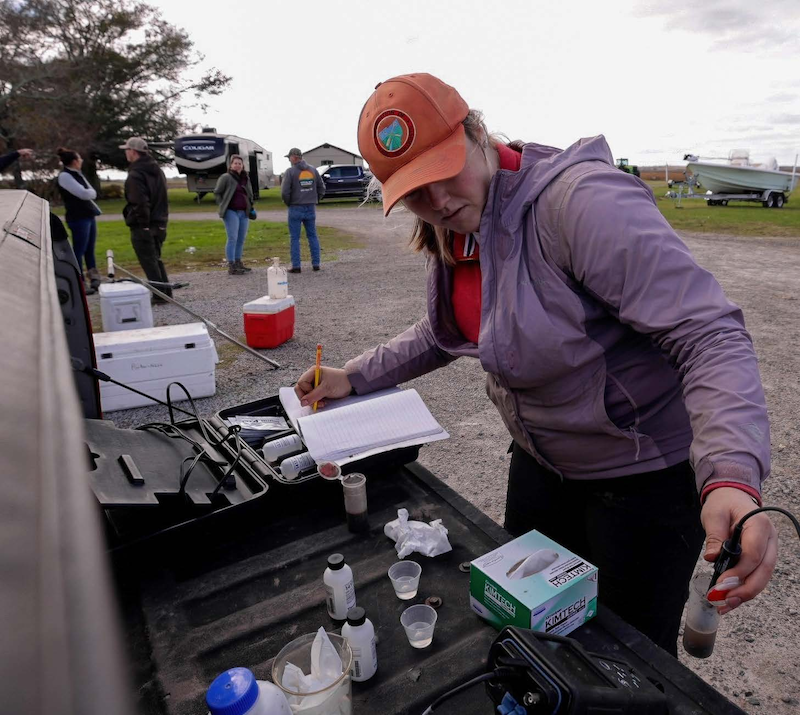
Beyond testing and amendment recommendations, Ricker and his team are flooding soil samples from Hyde County with saltwater to mimic NOAA’s predictions and determine soil salt limits. “Once you get to a certain threshold of salt in the soil, you need to start thinking about salt-tolerant varieties and then maybe alternative crops,” Ricker says.
Climate change, he says, is forcing farmers to ask tough questions: Should they grow different crops, sell waterlogged land, transform portions into wetlands or move on from farming altogether? Their answers could alter the farming landscape in North Carolina’s coastal regions.
- Categories:
